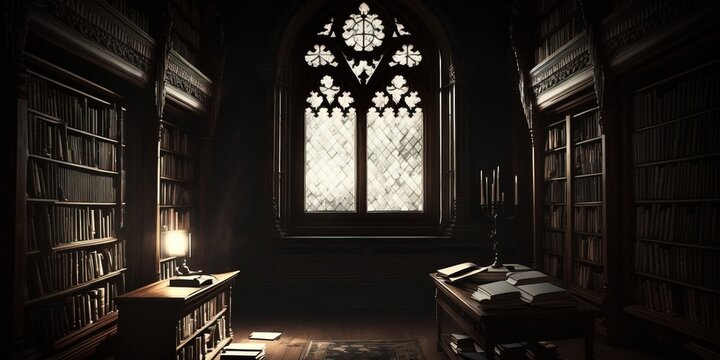
FAQ About Gothic Literature
Gothic Literature
2 years ago | gizem
How has the definition of Gothic Literature evolved over time?
The definition of Gothic Literature has evolved significantly over time, reflecting changes in literary, cultural, and social contexts. Here's an overview of how the genre has transformed and expanded since its inception in the late 18th century:
Origins (18th Century):
- Early Gothic: Gothic Literature emerged in the late 18th century as a response to the Enlightenment's focus on reason and rationality. Early Gothic novels, like Horace Walpole's "The Castle of Otranto" (1764), featured elements such as haunted castles, mysterious settings, and supernatural occurrences. These works often had a strong focus on horror and suspense.
Romantic Period (Early 19th Century):
- Romantic Influences: During the Romantic period, Gothic Literature became intertwined with Romanticism, emphasizing emotion, nature, and the sublime. Novels like Mary Shelley's "Frankenstein" (1818) and Charlotte Brontë's "Jane Eyre" (1847) combined Gothic elements with Romantic themes of individualism and the supernatural.
Victorian Era (19th Century):
- Social Critique: In the Victorian era, Gothic Literature began to incorporate social critique, addressing issues such as class, gender, and societal norms. Works like Bram Stoker's "Dracula" (1897) explored Victorian anxieties about sexuality, immigration, and disease.
20th Century:
- Modern Gothic: In the 20th century, Gothic Literature evolved into various subgenres and styles. Modern Gothic works like Daphne du Maurier's "Rebecca" (1938) and Shirley Jackson's "The Haunting of Hill House" (1959) explored psychological horror, ambiguity, and the uncanny.
Contemporary Gothic (Late 20th Century - Present):
- Expanding Themes: Contemporary Gothic Literature has expanded its themes to include postcolonial perspectives, feminism, and cultural critique. Authors like Toni Morrison ("Beloved," 1987) and Angela Carter ("The Bloody Chamber," 1979) have pushed the boundaries of the genre.
Genre Blurring (Late 20th Century - Present):
- Genre Fusion: Gothic elements have been incorporated into other genres, blurring the lines between Gothic Literature and horror, fantasy, science fiction, and even romance. This fusion has led to diverse subgenres such as Southern Gothic, urban Gothic, and eco-Gothic.
Global Influences (Late 20th Century - Present):
- Global Perspectives: Gothic Literature has expanded its geographical scope, with authors from around the world contributing to the genre. This globalization has introduced diverse cultural and historical influences into Gothic narratives.
Digital Age (21st Century):
- Digital Gothic: The advent of the digital age has given rise to new forms of Gothic Literature, with themes related to technology, virtual reality, and online identities. Works like Mark Z. Danielewski's "House of Leaves" (2000) explore the uncanny within digital spaces.
Inclusivity and Diversity (21st Century):
- Diverse Voices: Contemporary Gothic Literature has become more inclusive, featuring diverse voices and perspectives. This includes works by authors from marginalized backgrounds and narratives that address issues of identity, race, and sexuality.
- Reinterpretation and Adaptation: Classic Gothic novels continue to be reinterpreted and adapted in various media, including film, television, and graphic novels. These adaptations introduce new generations to Gothic themes and motifs.
